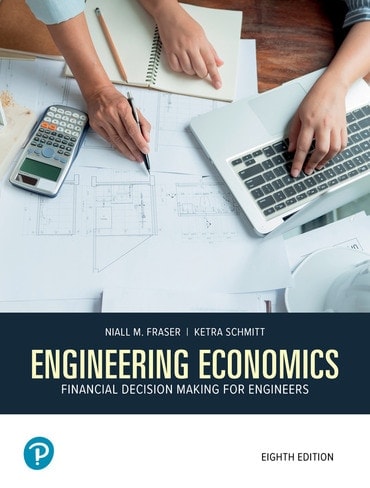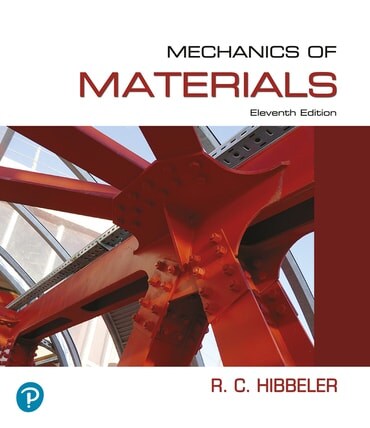Unlock student success in Engineering with Pearson Connected Learning
Flexible, customised resources for Engineering teachers and students. Designed to inspire and engage, our solutions are proven to help students master key concepts, one step at a time.

Expert Authors
Empower Engineering educators and students with trusted resources, crafted by experts to enrich teaching and facilitate deeper learning.
Pearson eTextbook
Pearson eTextbook goes beyond a regular ebook, offering innovative tools and self-study aids to boost engagement and learning.

Digital Learning Platforms
Immerse your Engineering students with intuitive, engaging online tools that encourage active participation and deeper understanding of concepts.
Mastering Engineering
Purpose-built to engage students in Science and Engineering with the help of tutorials, real-time performance analytics and tailored feedback.

Study & Exam Tools
Personalised, AI-powered tools to help students stay motivated and confident to master key principles in preparation for their exams.
Study Prep for Engineering
Helps students excel with bite-sized video explanations, exam-like practice problems, and expert support tailored to their Engineering course.
New and widely adopted content for Engineering courses
Explore our popular resources crafted by world-renowned subject experts.




Pioneering AI
Pearson Connected Learning uses AI to deliver personalised, impactful experiences for students and educators. By combining advanced technology with trusted content, our solutions enhance the teaching and learning experience.
Personalised Learning
Our AI adapts to each student’s needs, providing tailored support that helps them progress and stay on track.
Accurate and Reliable
Powered by Pearson’s trusted content, our AI ensures students receive the right information when needed, driving progress and confidence.
Engaging Experiences
With interactive content and real-time feedback, our AI sparks curiosity and keeps students motivated.
Real stories from campus
Hear from educators and students who have transformed their classrooms with Pearson Connected Learning.
Dr Catherine Dobson
"[We are] improving engagement and being able to detect people that are not engaging early. We feel that it's beneficial to the students and the staff."
Ready to get started?



